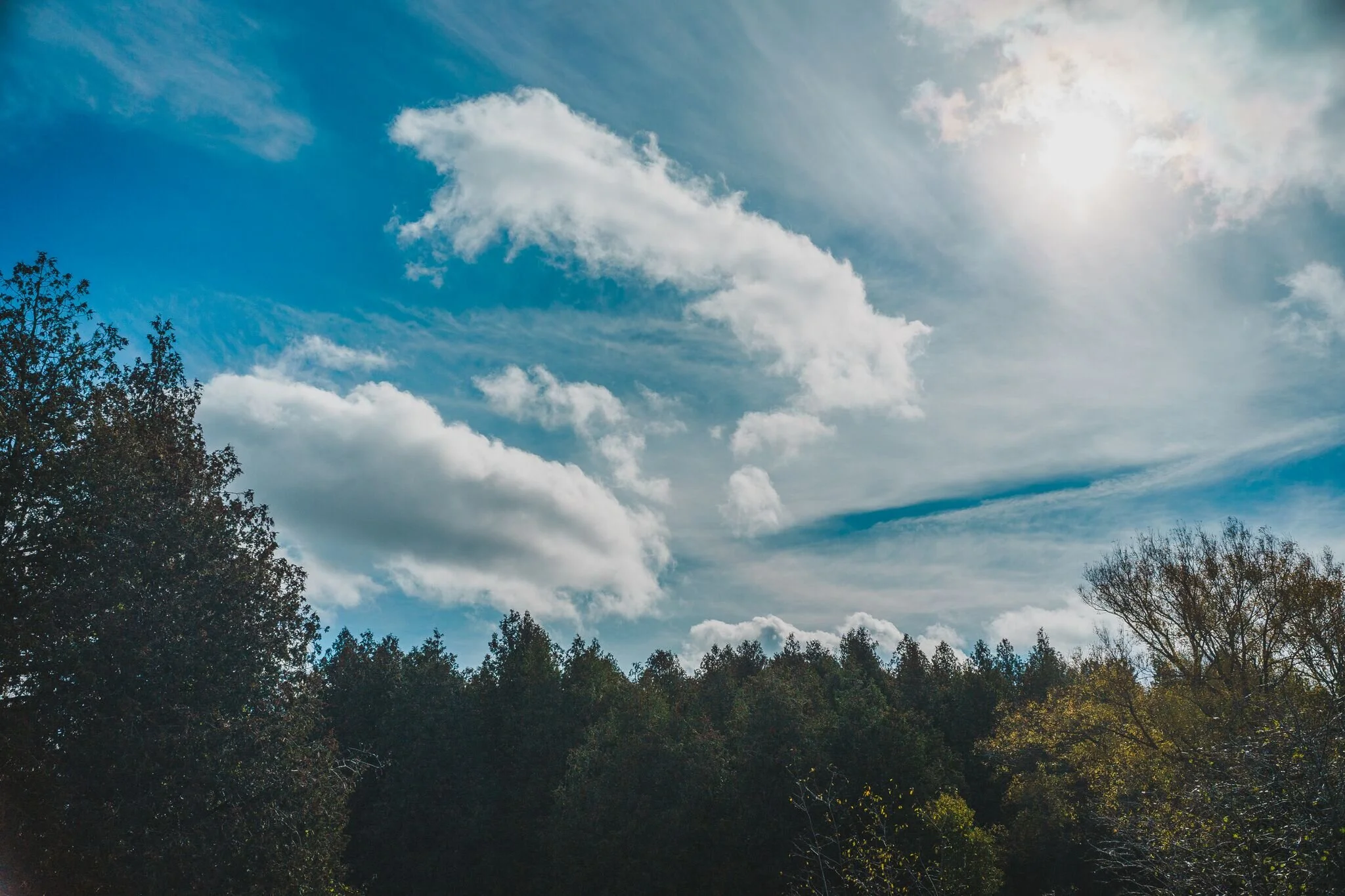
Living Land Acknowledgement
Looking into the stories of this place we call Guelph, we recognize that there are many turbulent stories of this land. Lots of different accounts and histories where different people lived here, hunted here, grew food here. These histories have been mostly erased by colonial whitewashing, but some of these stories still trickle though. Though the story of this land is still being remembered, the more recent histories describe the land we know as Guelph as built on the traditional territories of the Chonnoton/Attawandaron peoples and included in the Dish with One Spoon covenant. Later, through the “Between the Lakes Treaty” (Treaty 3) from 1792, this territory is now considered the treaty territories of the Mississaugas of the New Credit.
Some of these dates are formulated through the colonial context, using colonial research techniques and practices, and as such we are working with a memory skewed by colonial empire building and statecraft which muddles the stories of the land.
Our continued work is to learn the stories of the lands on which we run programs everyday, human and nonhuman alike, The land beneath our feet has been shaped and molded by humans, both by indigenous peoples who have been stewarding it for millennia, and by settlers who have largely occupied and exploited it. In these ways, the land holds stories of colonization, displacement and resource extraction, as well as stories of resistance, resilience and healing.
As we build relationships with each other and the land, we wander at what vision might we co-create for the future of the land and those who live on it? What stories can and will we write together?
How might we be inspired to rethink the colonial narrative of place and instead look into how others align with the land and learn to live in relationship with the land?


